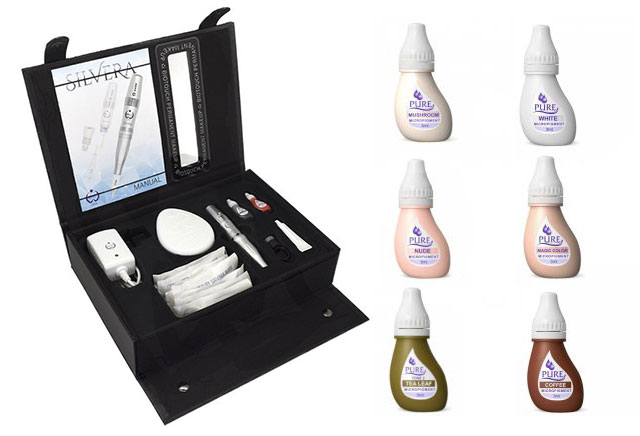-
د.إ1,850.00


his course is designed to get you started on your journey as a successful PARAMEDICAL TATTOOING Specialist. No previous training/knowledge is required. Beginner’s to the industry will fully appreciate the step by step training approach we adopt in our teaching.

A Paramedical tattoo is a tattoo used to treat a condition, communicate information, or mark a body location. A crude practice of corneal tattooing was performed by Galen in 150 CE. He tried to cover leukomatous opacities of the cornea by cauterizing the surface with a heated stilet and applying powdered nutgalls and iron or pulverized pomegranate bark mixed with copper salt; the practice was revived in the 1800s. With the rise of Christianity, tattooing declined and eventually became banned by a papal edict in 787 CE. The practice of corneal tattooing was revived by Louis Von Wecker in the 1870s. During the Cold War, threats of nuclear warfare led several U.S. states to consider blood type tattooing. Programs were spurred in Chicago, Utah, and Indiana based on the premise that if an atomic bomb were to strike, the resulting damage would require extremely large amounts of blood within a short amount of time. Similar to dog tags, members of the U.S. military may have their vital information tattooed on themselves, usually on the rib cage below the armpit; they are referred to as “meta tags”. Tattoos have also been used to provide notice to emergency personnel that a person has diabetes mellitus; people with this condition may fall into a diabetic coma and be unable to communicate that information. Tattoos have been used as fiducial markers as an aid in guiding radiotherapy. During breast reconstruction after mastectomy (removal of the breast for treatment of cancer), or breast reduction surgery, tattooing is sometimes used to replace the areola which has been removed during mastectomy or to fill in areas of pigment loss which may occur during breast reduction performed with a free nipple graft technique.